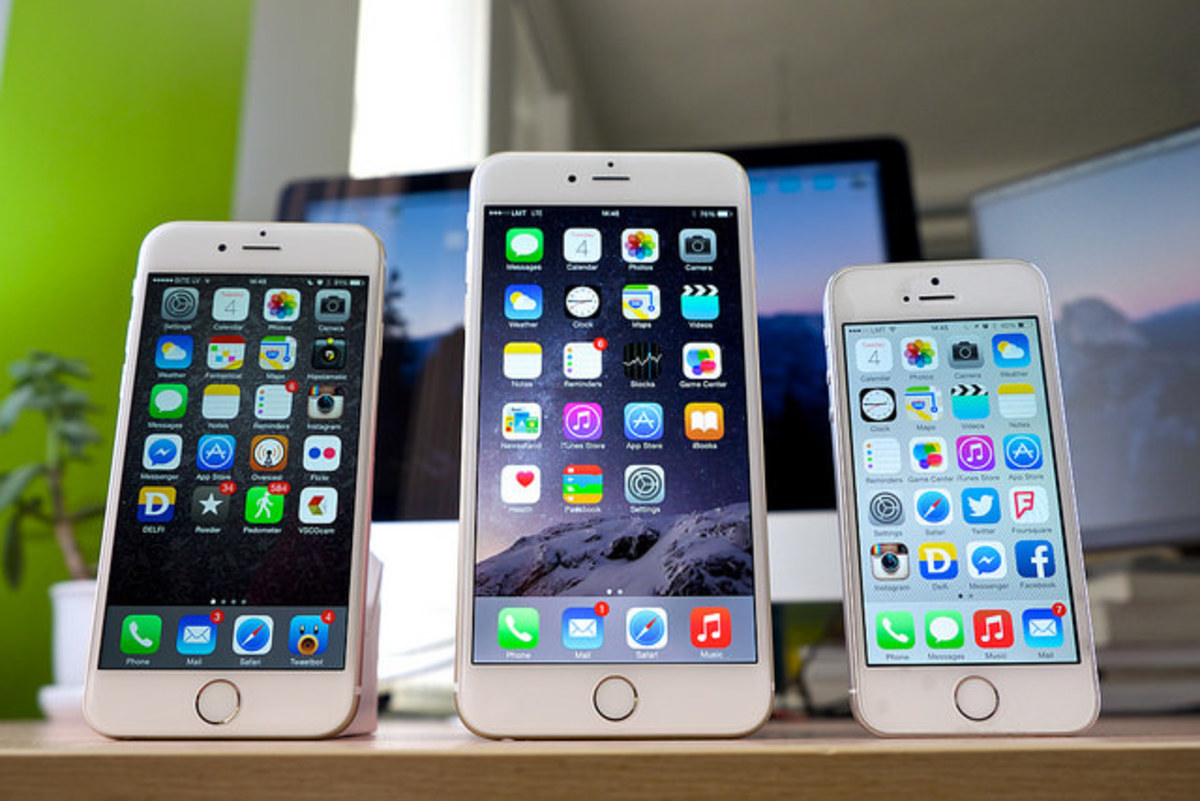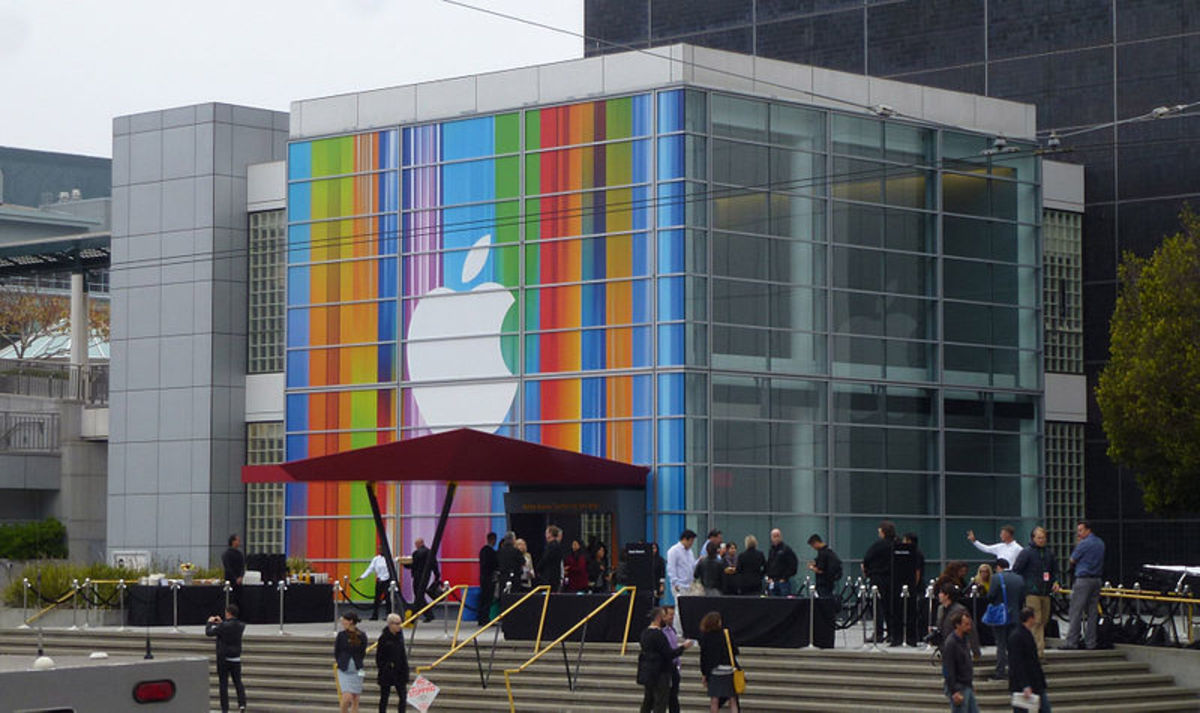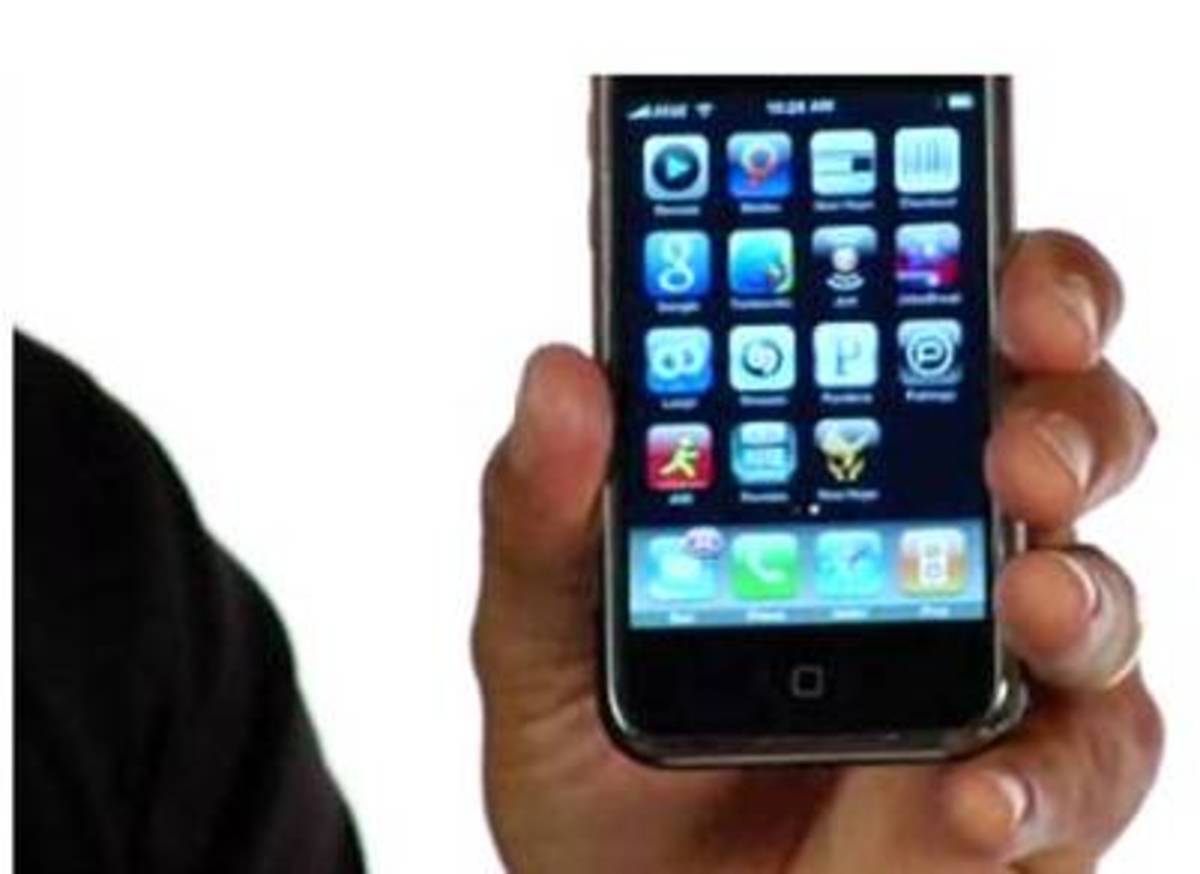- HubPages»
- Technology»
- Communications»
- Smartphones
A Functional Analysis of the Apple iPhone & How It Has Changed Mass Media & Our Culture
'Apple of My Eye'
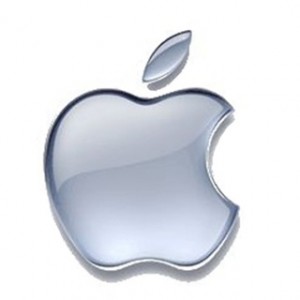
Back in the year 2007, when I was seventeen years old, I remember on one particular occasion when I said to a friend, “Hey, let’s go to the Apple store!” to which he replied, “Wait, why?” He had a confused look on his face. I simply responded that I wanted to go see the new MacBooks and iPods. That’s when his face lit up and he said, “Oh, I thought you were referring to the fruit.” Now as funny as that was, it occurs to me now that Apple products were not as much a part of everyday life as they are today. Sure MacBooks and iPods were nice, but at the time they were considered luxuries more than anything. There wasn’t much to differentiate them from other products besides the social status they evoked. Now, fast-forward five years to the year 2012, and tell someone to go to the Apple store. Watch him whip out his iPhone to find the nearest location, update his Facebook status, and read an email all at the same time.
My generation is known as Generation Y, the Millennials, and the Echo Boomers, among others things. What separates us from the other demographics is our constant connection, perhaps addiction, to technology. You’d be hard pressed to find a teenager today without his cell phone on him. My generation has been raised on Nintendos, PlayStations, cell phones, Instant Messenger, MySpace, YouTube, and Twitter, and we have grown accustomed to it. We are the technological generation and new products and services are tailored to this notion of connectivity and mobility. Many my age feel the need to share their thoughts and experiences, and modern technology has allowed us to do that. Just as record players and drive-in movie theaters were a part of everyday life for the Baby Boomers, so too are the iPhones and videogames for my generation.
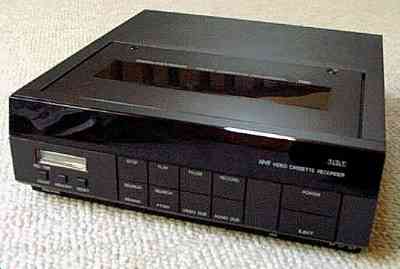
VCRs and VHS tapes were first introduced into the commercial arena back in the late 1970’s, before most of my generation was even born by the way. By the time I was born in 1990, VHS had already established itself as the new motion picture innovation. Now you could actually take a movie home with you! Before VCRs, one had to settle for watching a movie at the theater or on television. You also couldn’t pick the time you wanted to watch it. Now, my generation has been raised on the idea that you can take movies home, take them with you, and play them whenever you want. This freedom in the motion picture industry has continued to today, where I can watch a movie on my iPhone, iPod, laptop, or tablet.
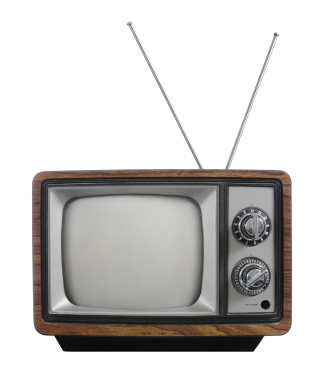
Experiments with commercial television began in the late 1930’s, but it showed little support. Television as we have all come to know it really took off in the 1950’s. It was considered superfluous for any household to have more than one TV set. As the decades rolled by, televisions became more and more important, even necessary. My whole life, I have always had at least one TV in the house. Now, for better or for worse, I have five working televisions in the house. As of 2005, according to a study by the Heritage Foundation and the US Department of Energy, 98.7% of all US households have at least one television. What does this tell you? It shows how essential and desirable televisions have become. It seems to me that televisions were once considered luxuries for pure entertainment and now they have become more and more of a tool. Now it’s almost unheard of for someone to go without a TV. Television has become both a cultural barometer and a catalyst. TV shows, commercials, and news programs disseminate opinions and facts. My generation has grown accustomed to all this accessibility and entertainment and it’s hard to imagine a world without this medium.
Obviously radio has been around much longer than I have, but I still tune in to talk radio and music. Of all the media we have at our disposal, I would propose that radio is in fact the least influential for my generation. For instance, if you want music, you go to iTunes or a website like Pandora. Furthermore, I don’t know too many of my contemporaries who tune in to talk radio for the news; they just get it elsewhere, if at all. Nevertheless, Generation Y has been exposed to free radio broadcasts all its life.
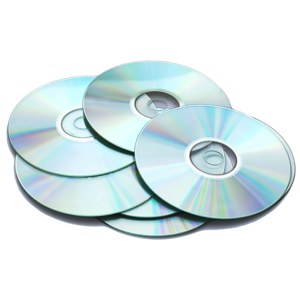
With regards to sound recording, my generation is the one that grew up on CDs. Records, eight-track tapes, and audiocassettes were a thing of the past and I never personally bought anything other than CDs. My generation was the one that could easily make a mix or share music through the use of technology. When we turned to digitalizing our music, we realized we could fit thousands of songs in our pockets and eventually the MP3 players were popularized. Digital players peaked with the iPod and once again, Generation Y was raised on the notion of having constant entertainment and having it on-demand.
Books are the longest-living medium we have seen and my generation is certainly not detached from them. I personally prefer the hard copies to the e-books because I want to have the physical copy to place in my library and keep for years to come. E-books run the risk of being deleted or lost if the e-reader is broken. Drop a book, who cares? Whether they are physical or digital, my generation continues to read for entertainment and enlightenment.
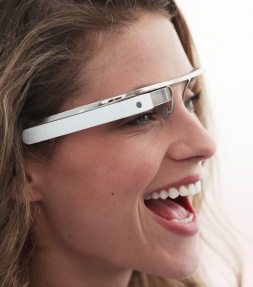
Clearly, the most significant medium my generation has grown accustomed to is the Internet. The first attempt at commercialization was in 1993 with the Mosaic web browser, which eventually led to AOL, Google, and this social media age we are in right now. We are constantly connected and becoming more and more addicted to the Internet. After all, Google just announced its ‘Project Glass’ initiative, where one day someone can wear these glasses and interact with the Internet and technological realm. Too much? Perhaps. Either way, the general consensus is an ever-increasing need for connectivity, entertainment, and freedom of expression. Generation Y has grown up with technology and it feels the need to share its thoughts with the world.
In order to best understand Apple and its effect on American culture, we must analyze how its products are used. This functional analysis will help identify how and why people use Apple products such as the iPhone. First we will start with a macroanalysis, where we will discover how society uses mass media in general, and then we will dive into a microanalysis where we will see how individuals use mass media. Finally, I will conclude with how the iPhone has personally influenced my own intake of important information.
A Macroanalysis of Mass Media

The Information Age has clearly dawned. Information has never been so readily available and vital to daily life. Everywhere we go some form of communication is taking place, whether it’s on TV, a billboard, or our phones. But what exactly is so important about mass media? How is it any different than personal forms of communication like conversation? In order to find the answer, we look to society at large. In society, mass media serves several different functions. It serves as a form of surveillance, linkage, transmission of values, and entertainment. These aren’t mutually exclusive and indeed overlap quite often. The function of surveillance is obvious: someone or something needs to be a sentinel of information. There are two types of surveillance: beware and instrumental. Beware surveillance has to do with threats, whether immediate or chronic. Instrumental surveillance is concerned with practical information that we use everyday.

Linkage joins different elements of society together that are not directly connected. For instance, mass media has allowed people from all across the globe to connect and stay in touch through the use of technology like Facebook. Normally, staying in touch with your neighborhood and city was about all one could do. The transmission of values is another function of mass media and it can be either intentional or unintentional. What we read and see affects our values. Mass media, for better or for worse, helps to disseminate a wide range of values. Needless to say, mass media is a form of entertainment as well. As leisure time has increased over the decades, people find new and entertaining things to do with their spare time. Radio, television, motion pictures, and books are just some of the media that are used for entertainment. With these four societal functions in mind, let’s turn to the microanalysis of mass media.
A Microanalysis of Mass Media
Individuals use mass media for several uses and gratifications such as cognition, diversion, social utility, and withdrawal. Cognition is very similar to the surveillance function in society where a person uses the media to learn something. This cognitive function is divided into two segments: specific knowledge and general knowledge. Diversion is when someone uses the media for intellectual stimulation, relaxation, or emotional release. All three modes of diversion distract the individual from his everyday life and provide a means of escape.
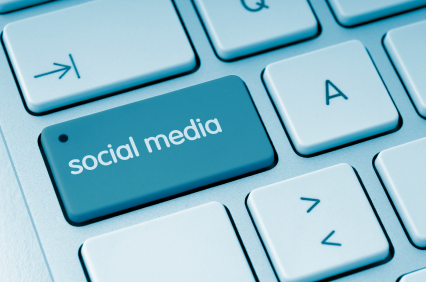
The social utility function is similar to the linkage function of society. People feel the need to strengthen their ties with friends and family, have a sense of affiliation, and express their thoughts and opinions. Although mass media has made this easier over the years, not everyone uses the media for socializing. The final function is withdrawal and this is different than diversion in that withdrawal creates a barrier between people while diversion creates a barrier between a person and his daily life. Now that we have established how society and individuals use mass media, I will explain how and why I use the Apple iPhone in my daily life.
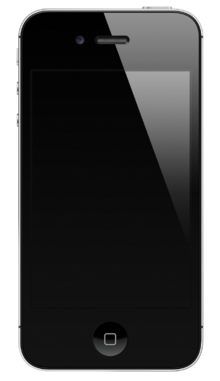
In short, I use the iPhone in every aspect of the functional analysis. The iPhone is meant to be a tool for society through the functions of surveillance, linkage, the transmission of values, and entertainment; that is the function of the iPhone itself. I, as an individual, use the iPhone for cognition, diversion, social utility, and withdrawal. I use the iPhone for work and entertainment. For example, with regards to cognition, the iPhone allows me to access the Internet wherever I happen to be. A few years back, the only thing capable of wireless Internet access was a laptop in the vicinity of Wi-Fi hotspots. The iPhone is connected through its phone service, so wherever I have a signal, I have connectivity. With the Internet at my disposal, I can read the news and my emails, thereby fulfilling the cognitive function. All my news apps give me specific knowledge while my emails and Internet give me general knowledge. E-books are included in the cognitive aspect as well.
The diversion function is satisfied through games, apps, and iTunes. That is to say, my news apps and word games give me intellectual stimulation apart from my daily life. My iTunes on the phone gives me a sense of relaxation whenever I want to sit down somewhere, listen to some calming music, and drown out the day. Although the iPhone is not the best avenue for an emotional release, it still allows me to voice my frustrations or elations through social media.
The social utility that the iPhone provides me is enormous. A few years back, I would have to wait until I got home to turn on the computer and update my Facebook, my Twitter, read emails, or any news. With the purchase of my iPhone, I can now immediately update, upload, or download at my discretion. This is particularly positive for me because as a news junkie, I can now take pictures or video and instantly upload them to the world. If I experience a revelation about something, I can instantly make it public. If I suddenly receive a news update, I can read it and repost it for my followers to see. The iPhone has allowed me to stay on top of the news and respond quickly to emails.
The withdrawal function of my iPhone is perhaps the least utilized. As much of a social person as I am, I tend to interact with people as opposed to withdrawing from them. However, when the rare occasion does arise when I want to be left alone, I plug in my ear buds and listen to music, the radio, and/or read the news on my iPhone. Here the e-books are included in the withdrawal function as well. With all these uses, it’s no wonder why Apple is a success!
Apple's Impact on Our Society
Apple’s products have had a huge impact on our society in terms of technology, economics, and social trends. Products like iPhones and iPads have become customary in our daily lives and you can rarely go one whole day without seeing somebody with one. Why is that? Cell phones have been around for years. Computers have been around for years. What’s so special about Apple?
The obvious answer is the chic, user-friendliness, and ingenuity of the products. Who can deny the kind of status symbol an Apple product radiates? Who would disagree that the products are very easy to learn and manage? What about the future potential for iPhones? They can do darn near everything! When you think about it, a computer mouse was invented in order for a person to interface with a computer properly. Now that touch screens have dawned, prepare to see a drop in mouse sales. It seems very natural and ergonomic to simply touch something with your finger rather than using an external tool to do the job. The late Steve Jobs, the former CEO of Apple, had his creative artists tell his engineers what to do, rather than vice versa because achieving the unimaginable was priority one. In other words, the artists and designers of innovation told the builders what they had to do to make their visions a reality. This is another reason why Apple is beating out its competitors. In the near future, things like this will be considered normal.
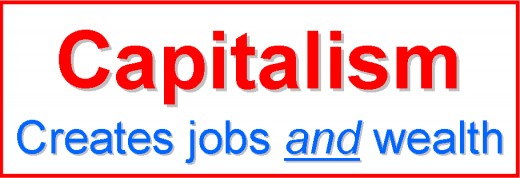
Besides propelling technology forward, Apple has created a vast amount of wealth for everybody. A basic notion of capitalism is the unsolicited agreement between people to trade things of lesser value in order to gain something of greater value in return. Put more simply, Bob gives up $400 (something of lesser value) in order to attain an iPhone (something of greater value). Nobody forced him to do it, and he clearly benefitted from the transaction because his new iPhone can do for him what he couldn’t do before. Apple benefitted through the inflow of cash, which it uses for employee wages, investment, dividends, or overhead expenses. Everybody wins! This is especially true when countless third-party accessories are being sold along with Apple products, like cases, headphones, stereos, and apps from the App Store. Those making the accessories are benefiting from the influx of Apple products and more jobs and profit are being made! The ideas coming out of Apple encourage others to invest in this technological future or join in the buying frenzy, thereby greasing the wheels of the free market and satisfying human needs at the same time.
Apple sparked a social revolution in the year 2007 with its first iPhone. Up until that point, people were perfectly satisfied with limited connectivity and a relatively non-existent social media. Never before were people ‘checking-in’ at the local Starbucks, instantly reading emails and the news, or having on-demand entertainment at their fingertips. When Apple presented society with this possibility, our culture was forever changed. Now within a matter of minutes, something can make national headlines when an iPhone is at the right place at the right time. Rather than spending hundreds of dollars on laptops, people are purchasing iPhones and iPads that are more portable and user-friendly. The iPhone has allowed people to stay connected, productive, and entertained. I would wager that one day the Evernet, the successor to the Internet, will take shape, all thanks to Apple and its insight.
The Apple iPhone has allowed me to keep up with the news and stay informed. It has allowed me to take breaks from my hectic life and connect with the people all around me. It is a tool as well as a toy. Apple’s products have boosted the zeal for smarter technology and sparked social trends. Technology with social utility has become almost mandatory. Apple has created wealth and achieved success. Our culture is already saturated with the idea of connectivity and technological progress, so I wonder what new marvel will capture the minds of our culture? Good news is I’ll probably only have to wait a couple years!
Additional Sources:
Dominick, The Dynamics of Mass Communication


